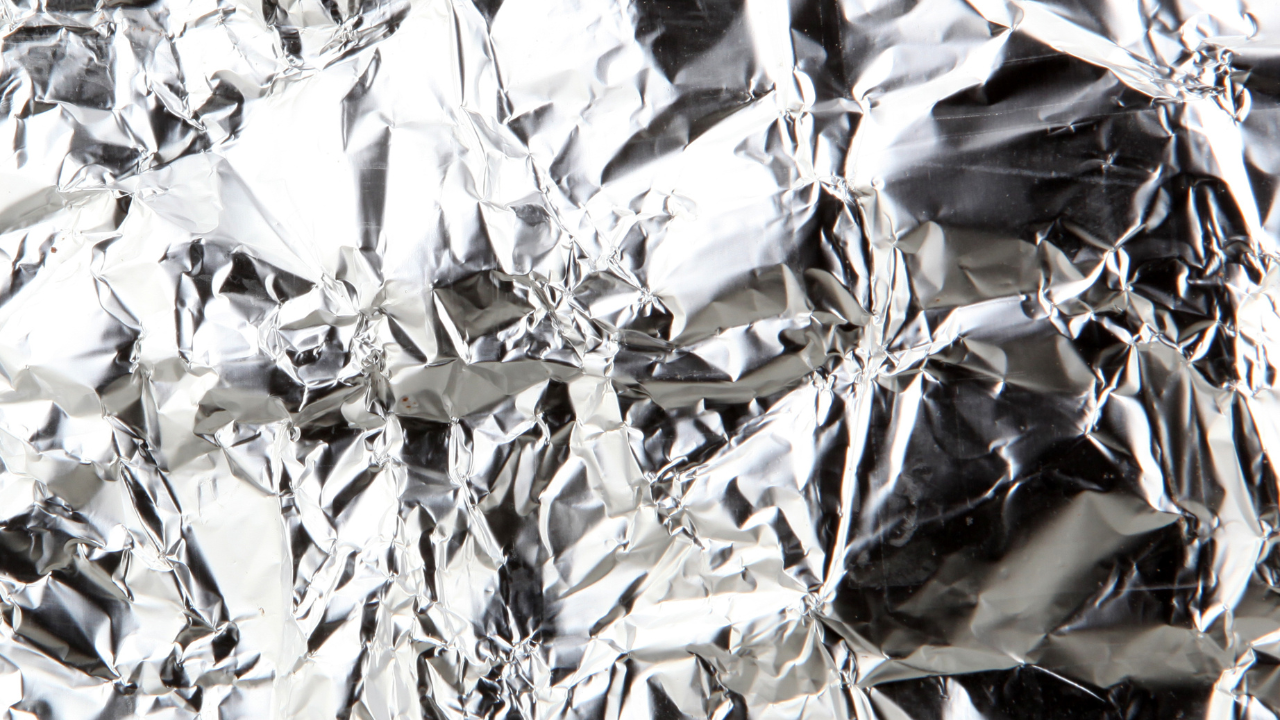Many industries use foil, which consists of a thin sheet of metal, either aluminum, copper, or similar. The foil is not too thick, which contributes to its easier handling. You can expect the thickness of the foil to be as thin as 0.1mm or less, which does not render it rigid and brittle. The common application areas for foil include food packaging, medical supplies, etc.
Polyurethane form up as a result of the reaction between polyols as well as isocyanates. Its excellent mechanical strength and flexibility also make PU a good choice for many uses. Its main applications lie in industries that include textiles, construction, medicine, and manufacturing, as well as coatings and adhesives.
In this article, we look at “does polyurethane make foil hard”, and how polyurethane is affected by foil.
What Makes Foil Hard or Soft?
Foil hardness depends on its composition and thickness and varies among different metals. For example, aluminum foil is generally softer than copper foil. The softness of the foil is related to the higher-purity metals, while it can be increased with the lower-purity ones.
Another critical factor is thickness. Thinner foils are typically easier to bend and manipulate, which is good for use in covering food in such things as food wraps. However, the thicker foils can be stronger for use in construction and electronics. This variation enables tailor-made applications, so the right foil is always available at the moment of the specific need.
The foil also comes in hard or soft. It is easy to fold and shape them to become soft foils, and they are the best packaging material. While harder foils, they offer strength and are used in structural applications. The differences of the 2 provide a clue as to which foil can be used for the task at hand.
Polyurethane’s Physical Properties
There are various forms of the polyurethane including the soft as well as hard versions. For soft Polyurethane you can use it in cushioning as well as soundproofing, while for harder Polyurethane is used for insulation and structural purposes. Its flexibility makes it effective for use in many applications and improves the user experience across industries.
However, its usability also depends on its adhesive properties. PU has a considerable range of densities and strengths depending on its chemical composition and form. The combination of these characteristics makes PU an ideal material for coatings, sealants and adhesives.
Polyurethane Forms and Their Impact on Different Materials
Different forms of polyurethane are elastomers and resin. Each type has its own features and applications. In comparison, foam PU is exceptionally cushioning, and resin PU has strong adhesion.
In one instance, it is important to look at how these various PU forms interact with foil. Nevertheless, polyurethane does not change the base hardness of foil, regardless of the form. For hardness, its properties are not much concerned with enhancing adhesion and flexibility.
Why Polyurethane Doesn’t Harden Foil
Adding a polyurethane coating does not change the foil's inherent hardness. Although PU may protect the foil, it does not allow it to become rigid or hard. Instead, the coating may impart additional durability and environmental resistance to the foil.
The addition of polyurethane coatings can increase foil's resistance to moisture and corrosion without interfering with its flexibility. This means the foil is easy to manipulate but gains longevity and protection from wear and tear.
Potential Benefits of Polyurethane Coatings on Foil
Hardening foil is not one of the benefits of protective Polyurethane. PU can also enhance the water resistance and durability of foil when used. These characteristics are particularly advantageous in applications where moisture exposure is a concern.
Gaining popularity as an eco-friendly option, waterborne PU is increasingly being used in foil applications. Water is a less toxic dispersing medium for this type of PU, and so it is safer for the environment than traditional PU. Waterborne PU is non-polluting, low in odor, and easy to work with; traditional PU shows the potential to be more toxic. Many applications are gradually switching from conventional solvent-based PU to waterborne PU as environmental awareness is on the rise.
Polyurethane coatings offer the protective characteristics necessary to aid foil's natural properties. PU maintains the foil’s flexibility, offering better usability and extra protection from environmental damage.
Conclusion
In summary, polyurethane does not affect foil hardness. In fact, it is meant to be a layer of protection that increases durability and moisture resistance. PU is definitely a versatile polymer used in many industrial applications. It has proven to be valuable in guarding a structure without impacting its structural integrity across a variety of sectors.
If polyurethane and foil are working together, it is important to understand the interaction to select materials for certain applications. Polyurethane’s flexibility and protective nature make it ideal for many industries while also preserving foil’s qualities not found in other substrates.


